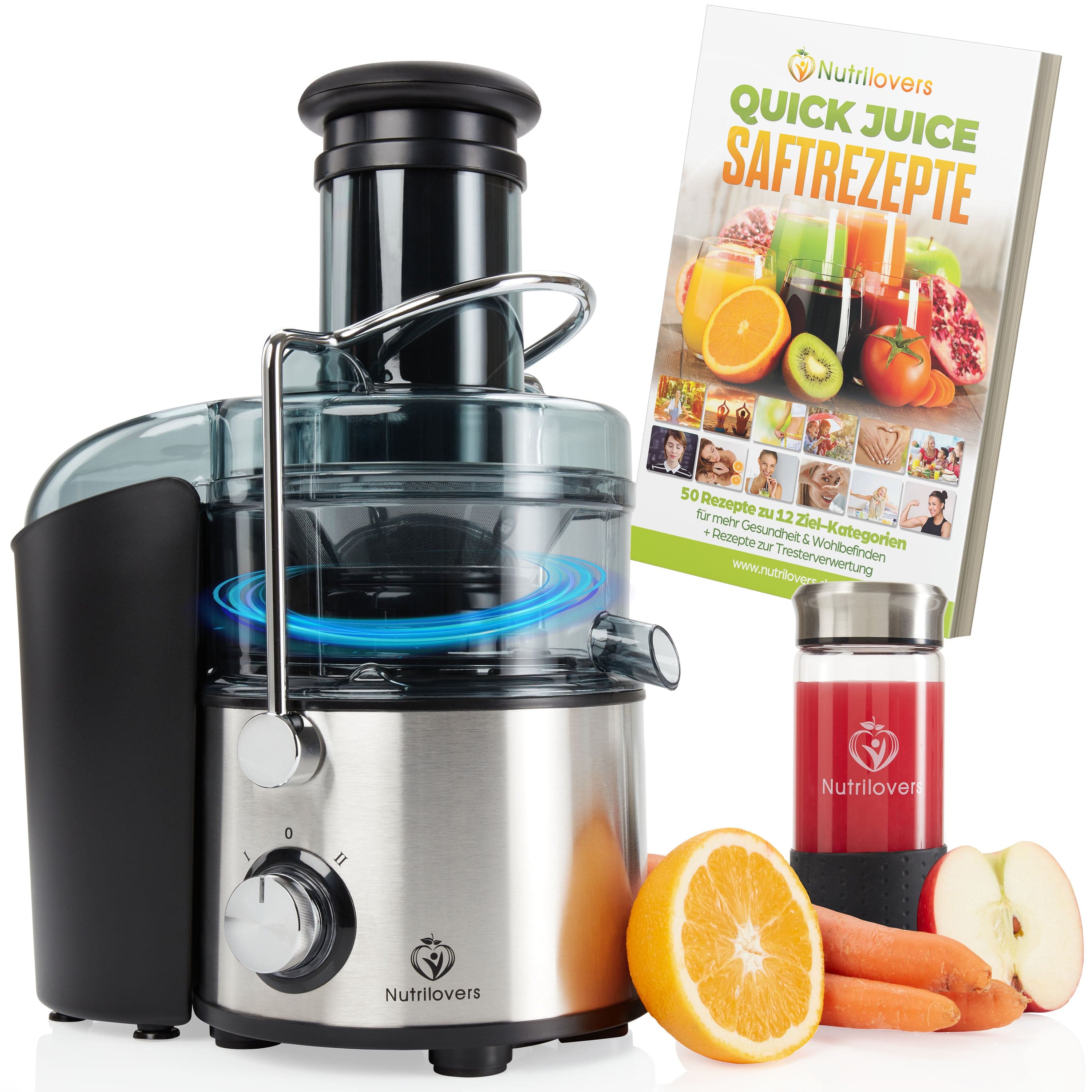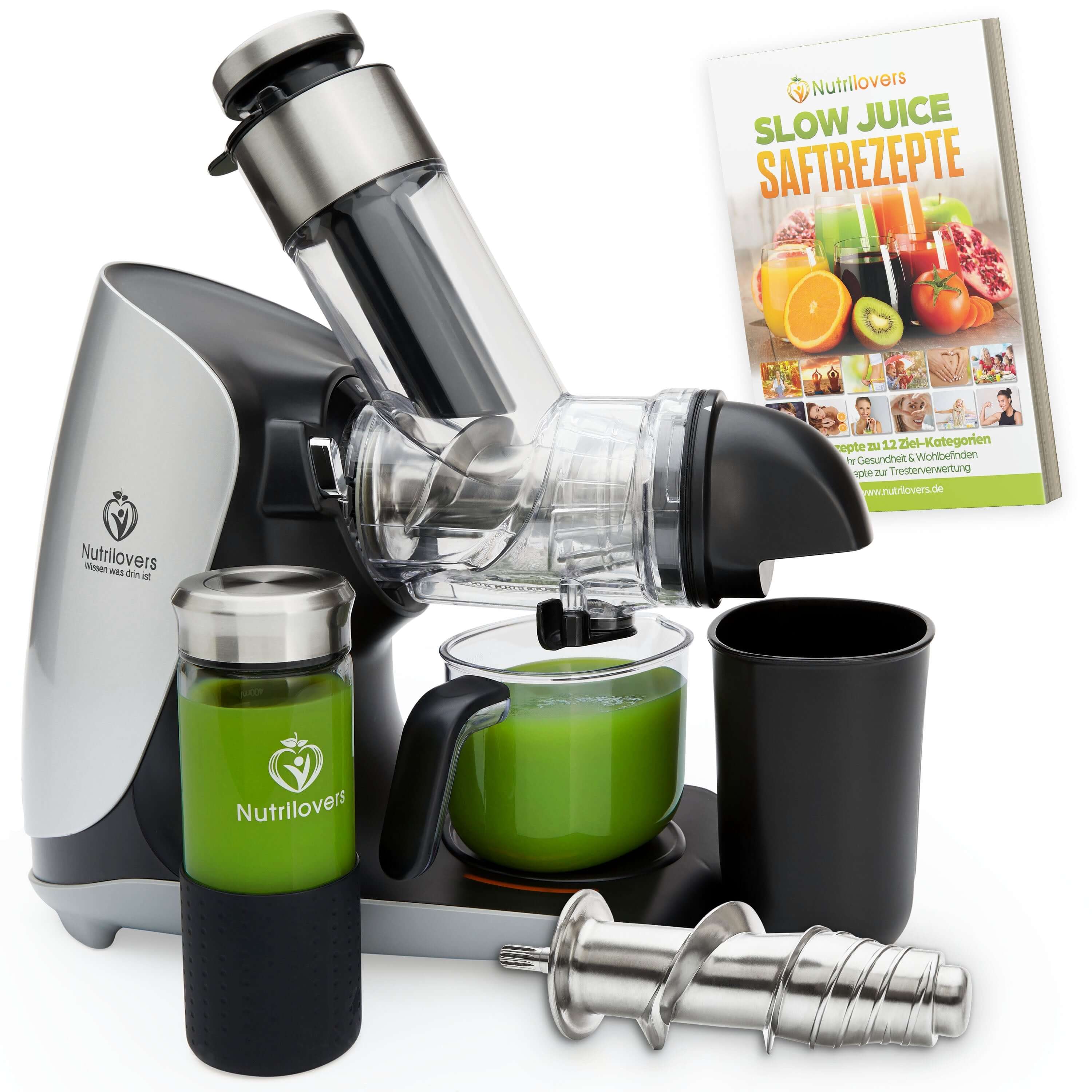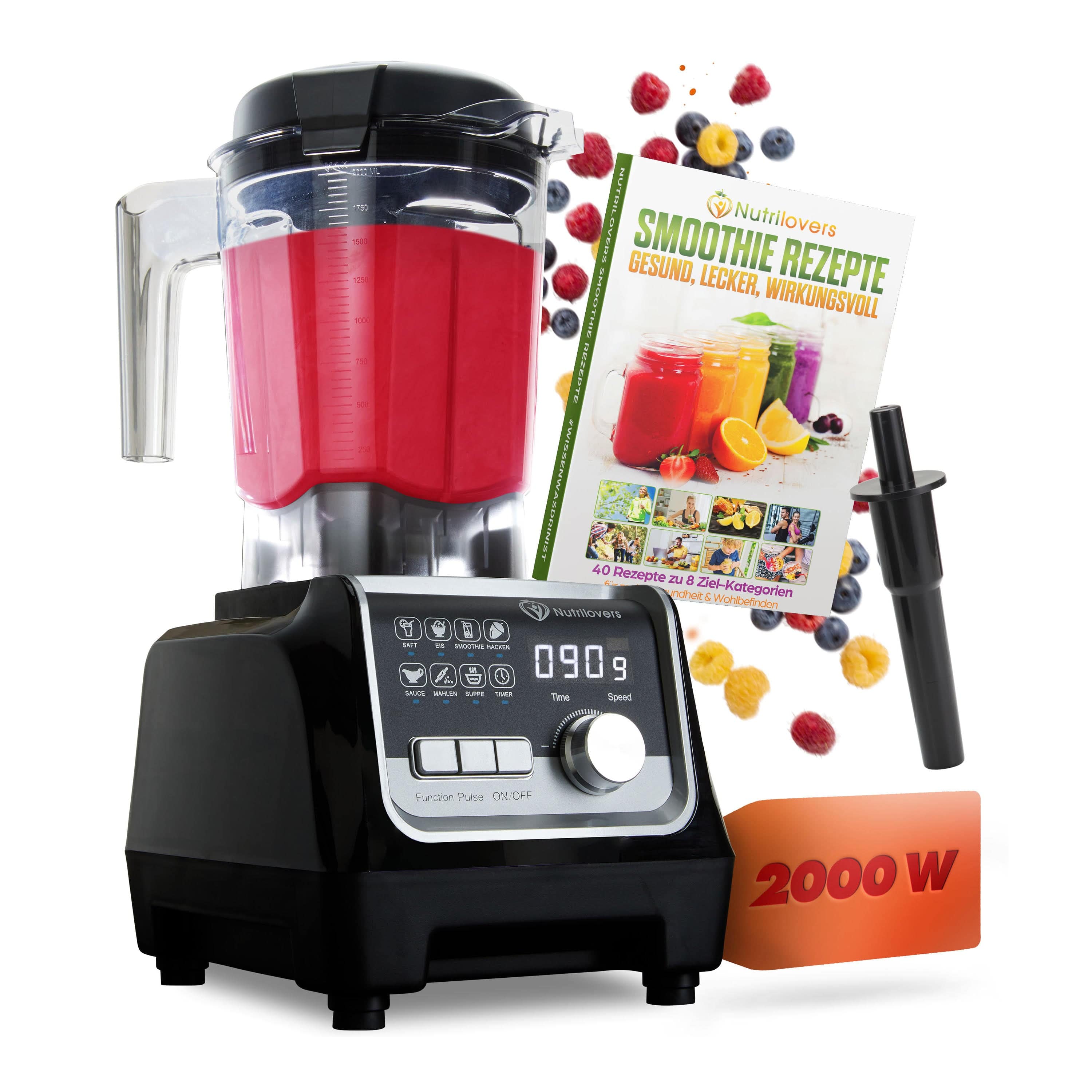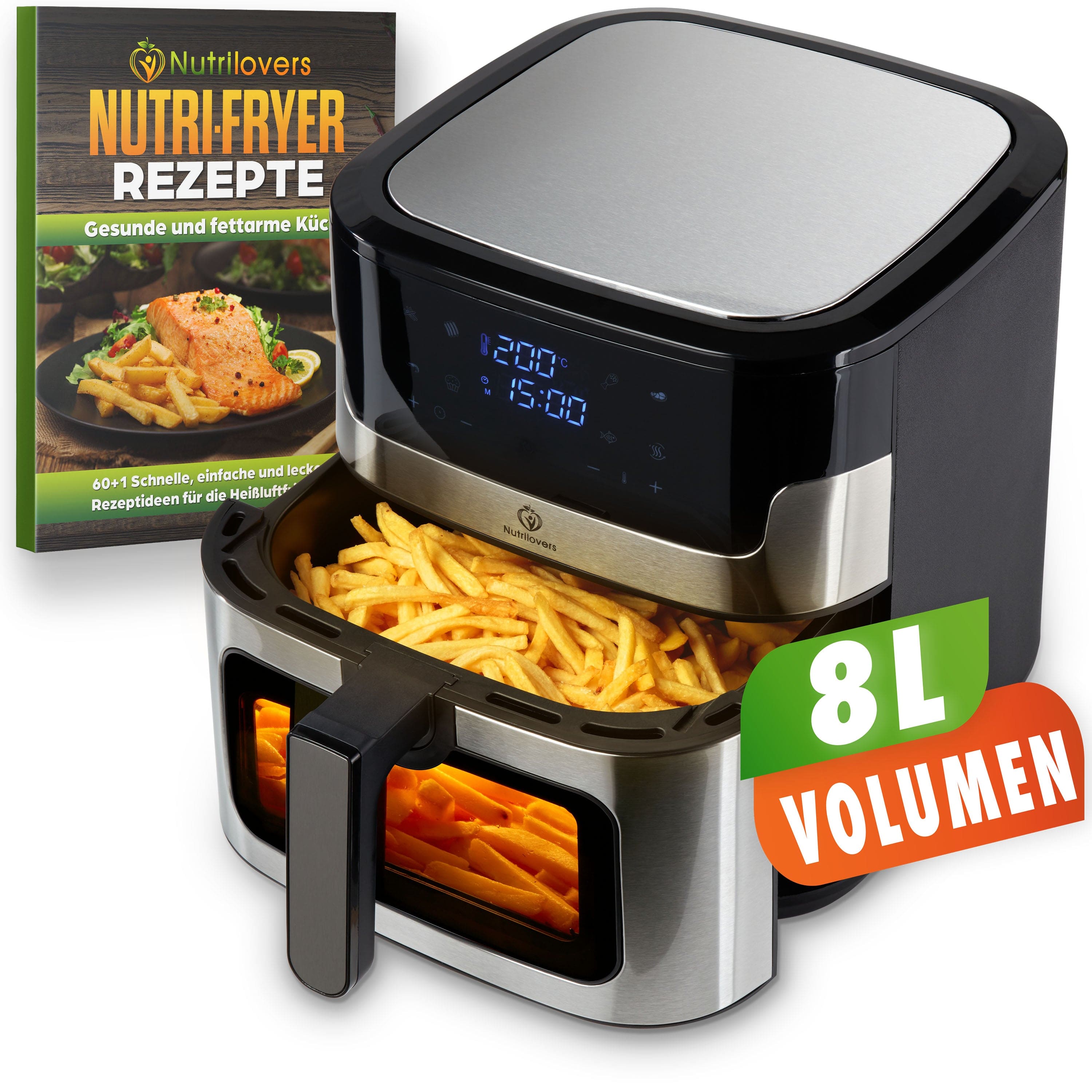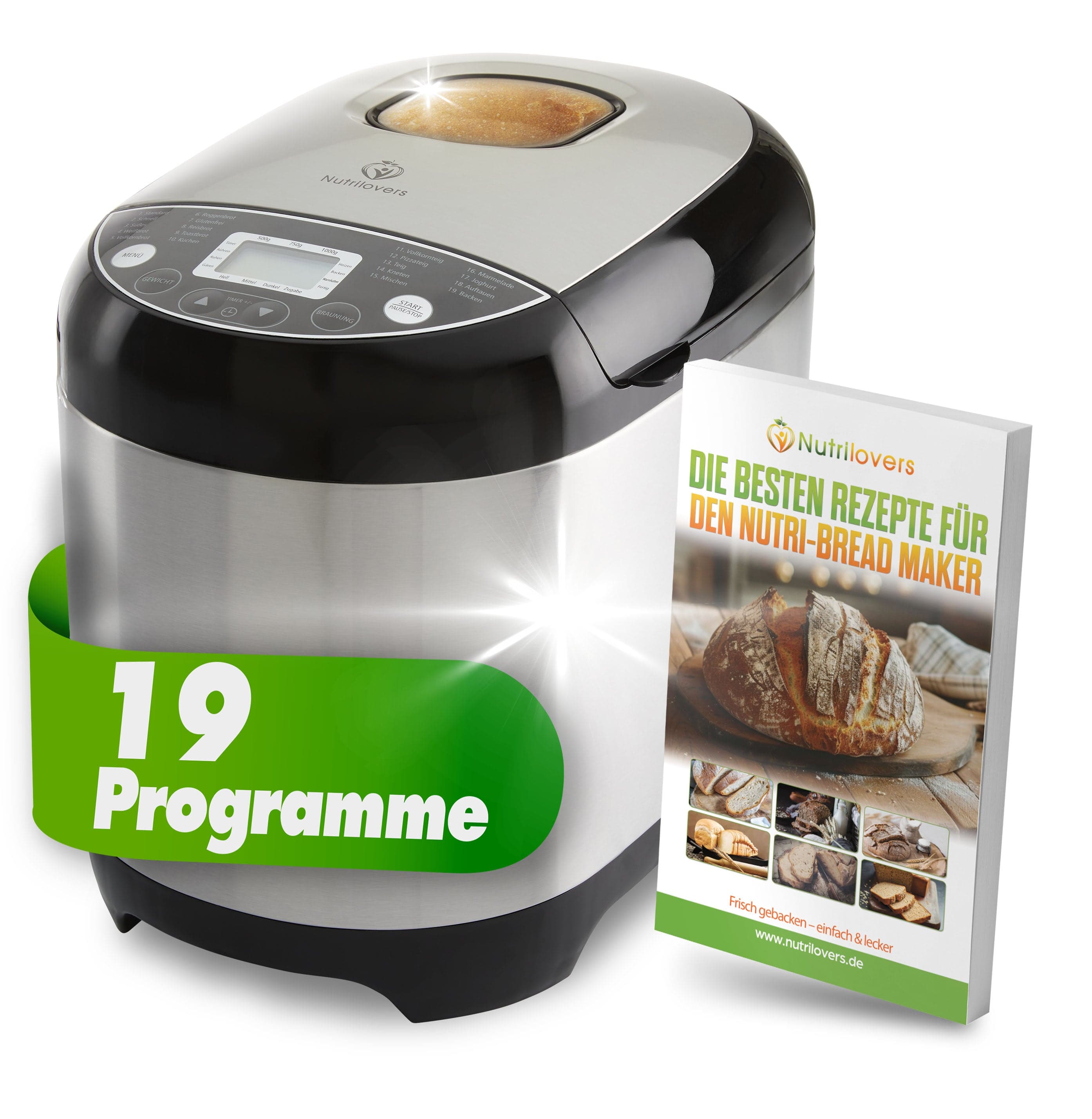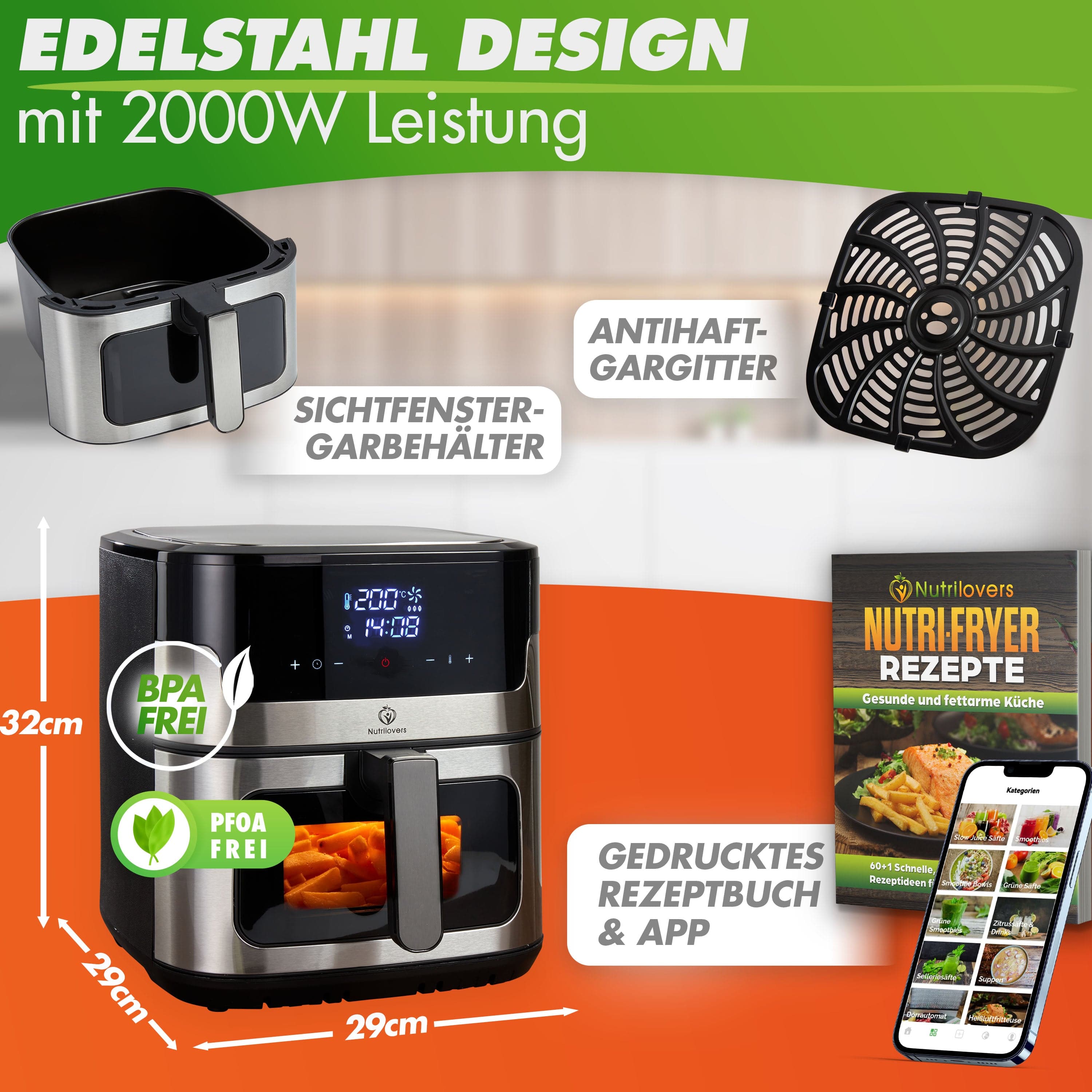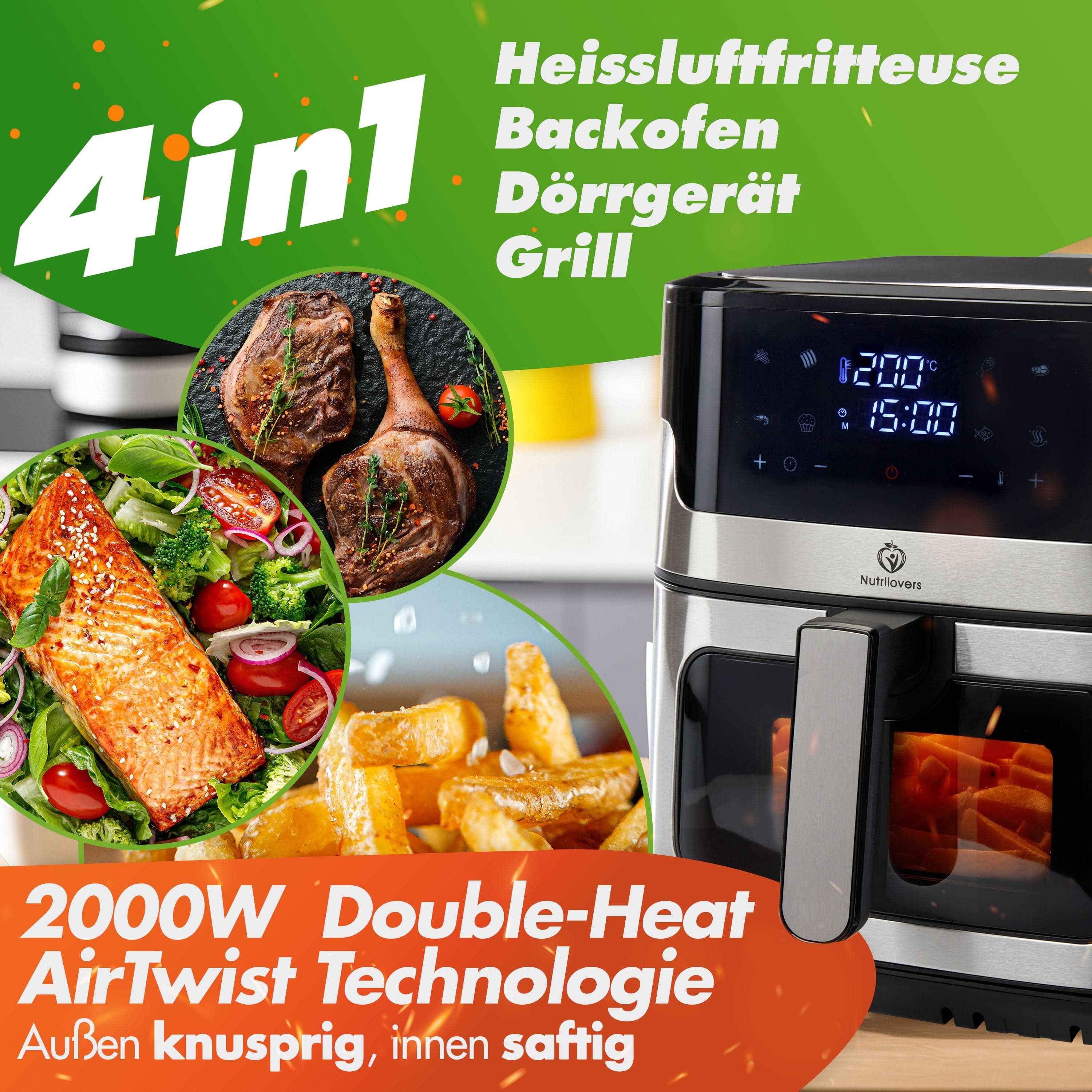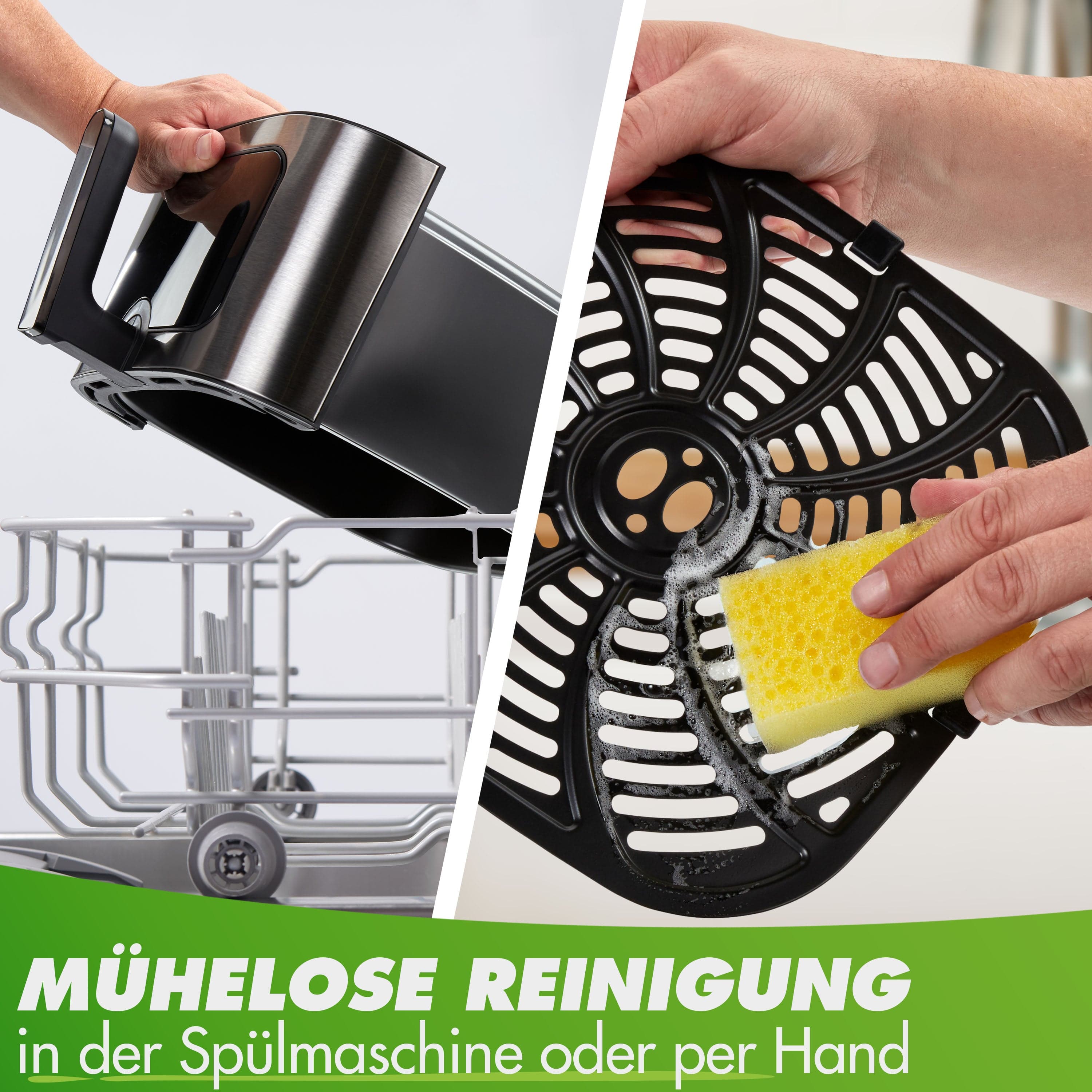Juicing is a quick and easy way to provide yourself with essential vitamins and nutrients every day. To get the maximum juice from fruits and vegetables, you need a high-quality slow juicer and a few things to consider to ensure your slow juicing is a success.
5 things you should definitely keep in mind:
#1 Cutting size of the pressed material

The size of the ingredients is a very important factor, as it greatly influences the juice yield and quality. It's important to cut the juice into small pieces beforehand, so they can easily be dropped into the feed tube without having to push them forward. The harder the ingredients, the better they should be prepared. Carrot pieces, beetroot, and celery, for example, are ideally sized at 2-3 cm.
#2 Throw-in speed
It's also very important to load the juicer correctly. Give your slow juicer some time to process the amount of juice before filling it with the next portion. Increase the amount of juice gradually, and you'll quickly get a feel for proper preparation and appropriate portion sizes. You'll notice that hard foods (e.g., carrots, beets, etc.) take a little longer to process than softer ones, such as citrus fruits, cucumbers, etc.
#3 Ripeness of the ingredients
Fresh fruits and vegetables produce the best results and also give you the highest juice yield.
The juicing results of foods that contain little natural juice can be improved by adding water or other liquids. If fruits and vegetables are overripe and become soft, they produce more pulp and less juice during processing. Therefore, choose an earlier stage rather than an overripe stage.
#4 Fruit vs. Vegetables vs. Greens (Chlorophyll-containing)
Fruit
There are fruits that are particularly well-suited for juicing . These include: apples, pineapples, berries, citrus fruits, papayas, tomatoes, cherries, melons, pears, and plums.
Then again, there are some fruits that aren't particularly suitable for slow juicing . Bananas, for example, are difficult to juice due to their consistency. In these cases, it's recommended to first make the juice and then blend the bananas in. Other fruits that aren't particularly suitable include avocados, mangoes, figs, and peaches.Vegetables
Just like fruit, there are also vegetables that are particularly well-suited for juicing . Vegetables that are particularly well-suited include: cucumber, beetroot, carrots, broccoli, celery, kohlrabi, sweet potatoes, and bell peppers.
Green
Fibrous pulp, such as celery, chard, fennel, mint, etc., easily sticks to the press auger and can clog the pulp ejection. Pay particular attention to cutting the pulp into individual pieces (2-3 cm).
Leafy greens are a bit more challenging to juicing and require more experience for satisfactory results. The best way to get the leaves into the feed tube is to roll them into a small packet beforehand. For best results, we recommend juicing leafy greens with other fruits or vegetables to increase their yield, e.g., alternating lettuce with apple and carrot, or fresh spinach with pineapple and lime. Ideally, don't finish the process with leafy greens, but let other juiced vegetables go through last.
Wheatgrass should be cut into approximately 5 cm long pieces and placed in a bundle in the slow juicer. Here, too, it's recommended to add the wheatgrass along with other fruits.
Herbs - The same applies to herbs as to leafy greens. Herbs are best juiced together with other fruits or vegetables to maximize their yield. Don't finish the process with herbs; let other juiced produce go through last.
Tip: You can also rinse with a little water to avoid wasting any nutrients. To get used to the flavor combinations of fresh juice, we recommend starting with simple and familiar fruit and vegetable combinations, such as apple, carrot, and orange (without peel).
#5 Use pomace correctly

To get every last drop out of the pulp, we recommend re-feeding it. This way, the pulp doesn't end up unused in the trash. You can then reuse the dry pulp for things like delicious veggie burgers, salsa, or muffins.
In our Nutrilovers Slow Juice recipe book, you'll find lots of other great ideas for using pulp.
Conclusion
There are several things you can do to maximize your juice yield. In addition to the juice yield, you should also always consider the juice quality. Some slow juicers promise a particularly high juice yield, but achieve this with inferior juice quality. If you want to know what to consider when purchasing a slow juicer , we recommend reading other articles here.
READ MORE

